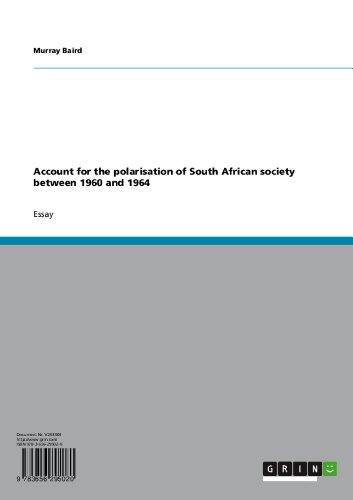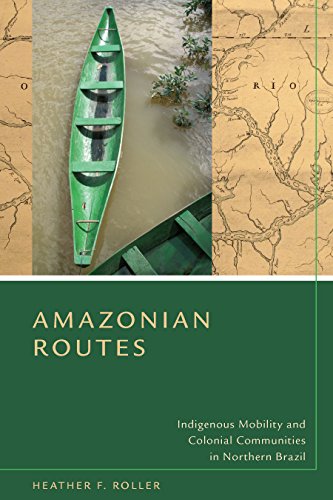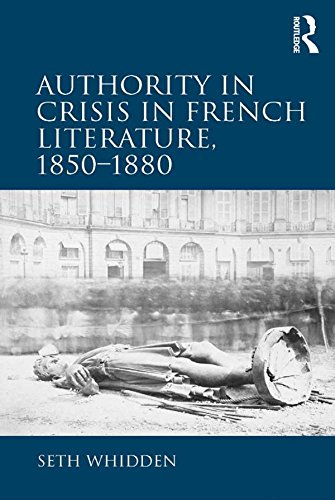
By Murray Baird
Apartheid and Resistance in South Africa, 1948 – 1994
Any account of the polarisation of African society into targeted white and black polarities, at the correct and left wings of the political spectrum respectively, among 1960 and 1964 needs to be thought of within the gentle of pre-existing relationships among whites and non-whites in South Africa, which manifested themselves in microcosm with occasions at Sharpeville on 21 March 1960. serious to the dialogue stands out as the function performed through the nationwide get together govt, really in terms of the construction of the Republic of South Africa in 1961, withdrawal from the Commonwealth of countries within the related yr, the 1961 common Election and the government’s racial coverage. The functionality of the United get together, because the social gathering of legitimate competition, can be scrutinised, including the position of the Liberal get together and the revolutionary get together. research of the ideologies of the African resistance routine, together with the African nationwide Congress, with Umkhonto we Sizwe, and the Pan-Africanist Congress, with Poqo, will extra show purposes for the adoption of utmost opposing attitudes. additionally, those diametric attitudes have been subjected to persuade from, and reaction to, overseas occasions either inside Africa and globally.








